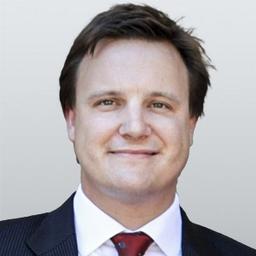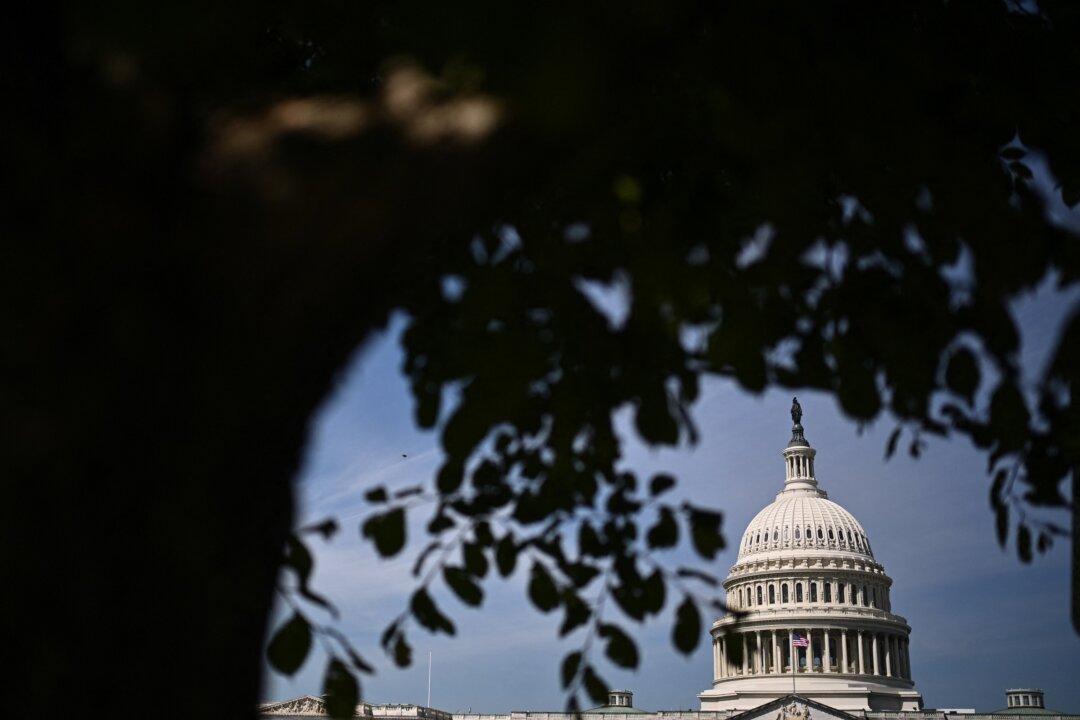Commentary
“Elon has not, so far, shown a very clear or convincing vision for what exactly he would do better, but that might not be the point—having someone who can actually run the company, make decisions and require excellence would be a big change.” Benedict Evans, technology analyst, 4/25/2022





